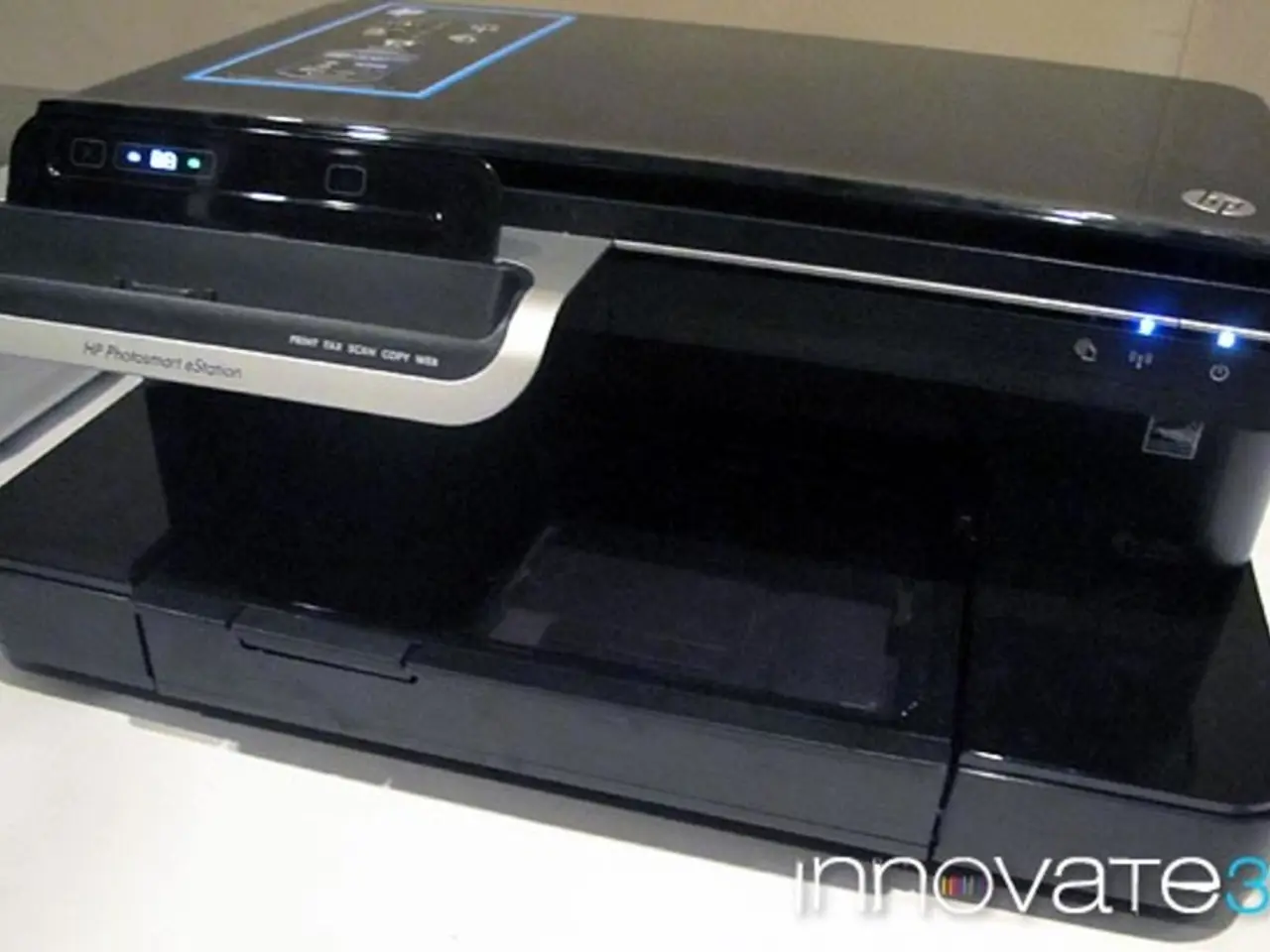Streamlining Production Without Paper: Your Comprehensive Manual on Paperless Manufacturing
Transitioning to a paperless manufacturing system can bring numerous benefits to the fashion industry, from reducing material waste and environmental impact to enhancing collaboration and communication. Here is a guide on how to implement a paperless manufacturing system effectively.
Step 1: Identify the Need for Change
Recognise the potential advantages of a paperless manufacturing system, including reduced material waste, greater efficiency, improved data accuracy, enhanced collaboration, stronger sustainability, and regulatory compliance.
Challenge 1: Overcoming Resistance to Change
Address the resistance to change among employees by involving them early in the transition process, educating them on the benefits, providing comprehensive training, and offering support.
Challenge 2: Ensuring Data Security
Invest in robust cybersecurity measures to protect sensitive information stored digitally, such as secure cloud storage, encryption, and access controls.
Challenge 3: Integrating New Digital Solutions
Carefully evaluate how new digital tools will interact with current manufacturing systems. Consider working with IT professionals or vendors that offer customization services, and use a phased approach to implementation.
Step 2: Assess Current Manufacturing Processes
Evaluate the existing manufacturing processes and identify areas where digital tools can streamline operations and improve efficiency.
Step 3: Choose the Right Digital Tools
Research and select digital tools and software for production management, ERP systems, digital document management, mobile applications that align with your objectives, fit specific manufacturing processes, and have scalability, user-friendliness, and integration capabilities.
Step 4: Develop an Implementation Plan
Develop a detailed implementation plan outlining steps to transition to paperless operations, including timelines, resource allocation, data migration strategies, and training schedules.
Step 5: Pilot the Paperless System
Conduct a pilot in a selected department or production line before rolling out the paperless system across the entire operation to identify potential challenges and make necessary adjustments.
Step 6: Train Employees
Develop a comprehensive training program for employees to learn how to use new digital tools and adjust to paperless processes, using a phased approach for training.
Step 7: Launch the Paperless Manufacturing System
Launch the paperless manufacturing system, monitor the transition closely, and address any issues promptly.
Challenge 4: Managing Initial Investment
Conduct a thorough cost-benefit analysis to understand the long-term savings and efficiencies that paperless manufacturing can offer, and explore financing options, government grants, or incentives designed to support businesses in adopting green technologies.
By following these steps, fashion businesses can harness the power of paperless manufacturing to drive resource efficiency, cost reductions, faster time-to-market, regulatory compliance, and sustainability, all while maintaining high-quality production standards and simplifying audit processes.
[1] Source [2] Source [3] Source [4] Source [5] Source
- To achieve a sustainable and efficient paperless manufacturing system, it is crucial to invest in environmental science to better understand the climate-change implications of various digital tools and their impact on the environment.
- To ensure the longevity and profitability of the paperless manufacturing transition, finance professionals should be involved to assess the financial implications, identify potential savings through reduced material waste, and explore financial incentives or grants for adopting digital systems within the manufacturing industry.
- To maintain industry-leading standards while transitioning to a paperless system, collaboration with experts in both the manufacturing and environmental-science sectors is key to assessing and implementing the most suitable digital tools, software, and practices that marry beneficial climate-change impact with operational efficiency.




